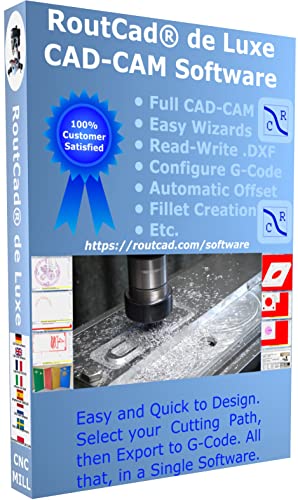I know that the title sounds a little absurd but here's the backstory! During the pandemic I found myself cooped up inside, (as I'm a type 1 diabetic and therefore high risk) and saw this channel JohnnyQ90, and spun down the rabbit hole that is model engines! the first engine I got my hands on was a GP 43 from my grandfathers nitro plane, which he passed down. I had my fun with that motor and the guys at the airfield were ecstatic to have a young guy interested in flying planes, so I now have a garage full of old nitro planes that all need work, but this post isn't about that. Anyways last year I got a small internship that I got some money from an bought myself my first gas engine, as I am not that biggest fan of nitro engines, that fuel is SUPER expensive for some one like me! The first engine I got was the Toyan L200 and I got the gas conversion kit for it. The thing only worked 3 times and I have been in a battle with customer support to get a new ignition system, so eventually I was like, well to hell with it, I'll design my own engine and it'll be better then theirs'. So around Christmas I started design this engine and only yesterday did I get my first look a what a final version might look like! And I've been having fun scrolling through some older post here and figured I might as well show what some of these post have helped with without them realizing. Mind everyone that sees this, it's not finished and needs a bunch of stuff like, and oil pump, scavenge tank (it's a dry sump oil system), a water pump and some timing gears (I didn't want to use a chain) and a bunch of other stuff, but here you go!

Here's the block and everything

Internal mechanisms
And yes, those are some really long spark plugs!

Top down view of the head, without the cover

Bottom view of head
There is a complicated oiling system in the block and head and head cover and I don't quite know how best to show them so I might revisit this post with better pictures or videos later, but onto the pistons!

Simple piston to use 2 piston rings

Said ring

Crankshaft, it's the typical flat-plane, and has no oil passages as I have no clue how I would implement those into this design currently without having to rework it completely and the block and current crank bearings, which are next!

Current 2 part bearing design, is it the best, no, but it is what I think might work.

Bottom of block, the slots cut out with a hole in the middle of them (bottom left of each cylinder cavity) is for oil squirters, I know that these are more typical on life size engines, but from my understanding it helps keep the pistons cool and con rod lubricated so I thought no harm in designing them!

The oil squirter, this really only redirects the oil to be pointed at the bottom of the piston.

This is where the oil squirter would sit and redirect the oil.

Top of oil pan if any of you are curious.
Any way that's it for now! If anyone has any suggestions or questions I be waiting!
Vincent Piechocki
Yes I'm using onshape, it's free

Here's the block and everything

Internal mechanisms
And yes, those are some really long spark plugs!

Top down view of the head, without the cover

Bottom view of head
There is a complicated oiling system in the block and head and head cover and I don't quite know how best to show them so I might revisit this post with better pictures or videos later, but onto the pistons!

Simple piston to use 2 piston rings

Said ring

Crankshaft, it's the typical flat-plane, and has no oil passages as I have no clue how I would implement those into this design currently without having to rework it completely and the block and current crank bearings, which are next!

Current 2 part bearing design, is it the best, no, but it is what I think might work.

Bottom of block, the slots cut out with a hole in the middle of them (bottom left of each cylinder cavity) is for oil squirters, I know that these are more typical on life size engines, but from my understanding it helps keep the pistons cool and con rod lubricated so I thought no harm in designing them!

The oil squirter, this really only redirects the oil to be pointed at the bottom of the piston.

This is where the oil squirter would sit and redirect the oil.

Top of oil pan if any of you are curious.
Any way that's it for now! If anyone has any suggestions or questions I be waiting!
Vincent Piechocki
Yes I'm using onshape, it's free











![MeshMagic 3D Free 3D Modeling Software [Download]](https://m.media-amazon.com/images/I/B1U+p8ewjGS._SL500_.png)




























![DreamPlan Home Design and Landscaping Software Free for Windows [PC Download]](https://m.media-amazon.com/images/I/51kvZH2dVLL._SL500_.jpg)












